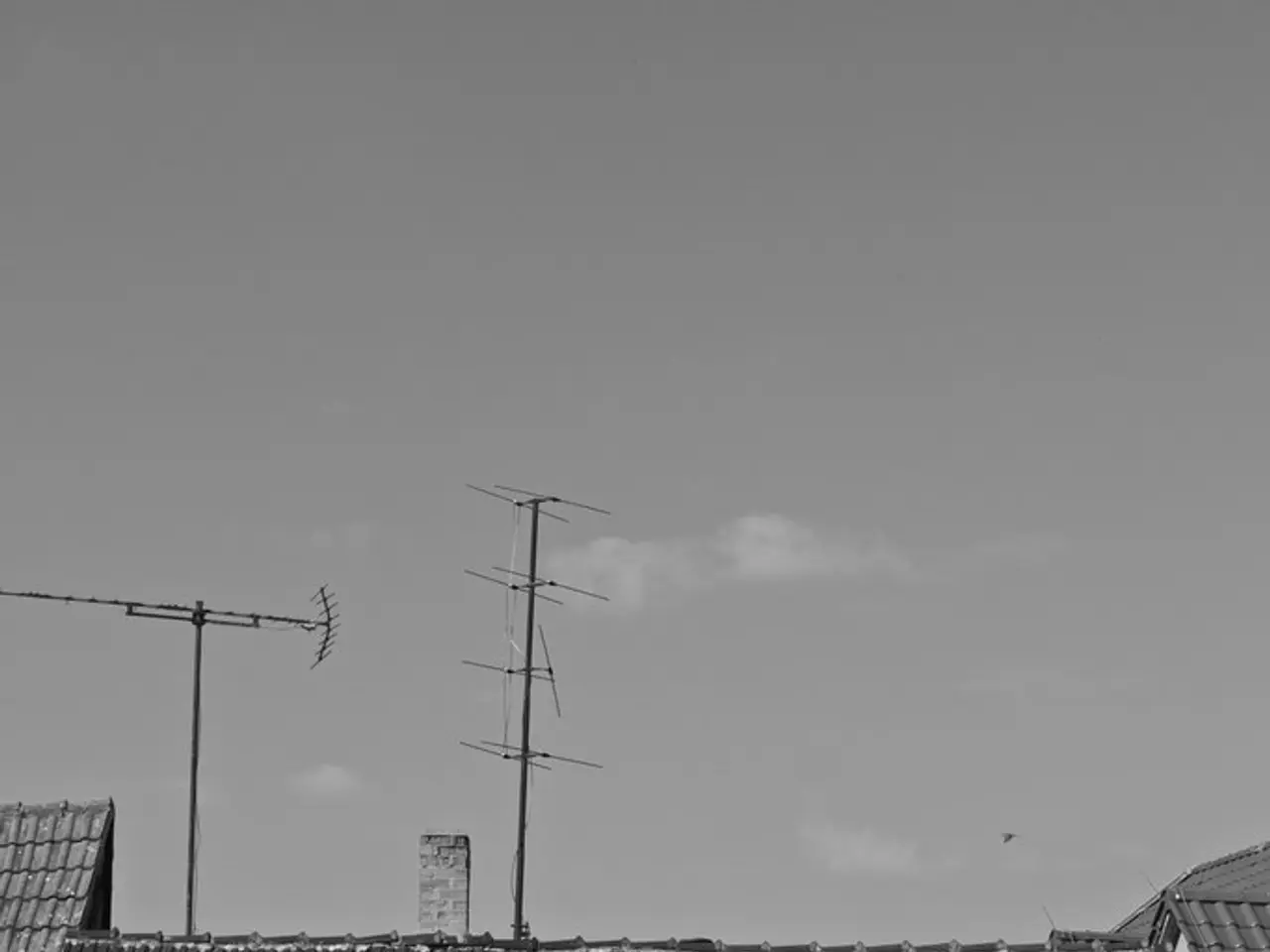Preparation and precaution guide to ensure maximum safety for campers and those using tents.
Camping during summer storms can be an exhilarating experience, but it requires careful preparation and knowledge of safe practices to ensure a secure experience in tents, caravans, or motorhomes. Here’s a comprehensive guide on how to prepare, find shelter, and act after a storm:
## Preparation
Before setting up camp, it's essential to monitor weather updates frequently to anticipate potential storms. Choose a campsite that is not prone to flooding and is away from high ground or isolated trees.
Essential gear includes lightweight, waterproof tents or caravan/motorhome with reinforced construction, a weather radio or app for updates, portable power bank for devices, heavy-duty rain gear, ground insulation pad for tents, a first aid kit, multi-tool or knife, and other essential camping items.
## Finding Shelter
Ensure the tent is well-anchored with quality pegs and taut guy lines. If possible, look for natural shelters like caves or overhangs.
For caravans and motorhomes, if lightning is close, move to a storm-rated shelter (e.g., a building) if possible. Angle the vehicle to face prevailing winds to reduce sidewall lift.
## Acting During a Storm
Avoid standing near bodies of water or metal objects during a storm. Crouch down on an insulated surface, keeping feet together if caught outside.
Retract awnings and slide-outs, and secure outdoor furniture. Unplug shore power and raise stabilizer jacks slightly to prevent grounding.
Keep pets and children close and calm. Use ear protection for pets and children to protect them from thunder.
## Post-Storm Actions
Check for any damage to your campsite or vehicle after the storm. Drain standing water and clean the area to prevent slipping hazards. Look for fallen trees, power lines, or other hazards that might have been created by the storm.
## Lightning Safety
A vehicle with a closed metal body is a very safe place during a thunderstorm due to the "Faraday cage" principle. However, motorhomes/caravans with GRP bodies offer no protection against lightning strikes. In case of a lightning strike, remove the victim from the immediate danger zone and call emergency services immediately. Provide first aid by checking consciousness and breathing, keeping the victim warm, and cooling visible burns with water.
By following these steps and being prepared, you can ensure a safe and enjoyable camping experience even during summer storms. Remember, the best way to safely survive a storm during camping is to prepare long before the first lightning strike.
- To prepare for camping during summer storms, it's important to monitor weather updates frequently and choose a site that is not susceptible to flooding or close to high ground or isolated trees.
- In the event of a storm, if caught outside, crouch down on an insulated surface, keeping feet together, and avoid standing near bodies of water or metal objects.








